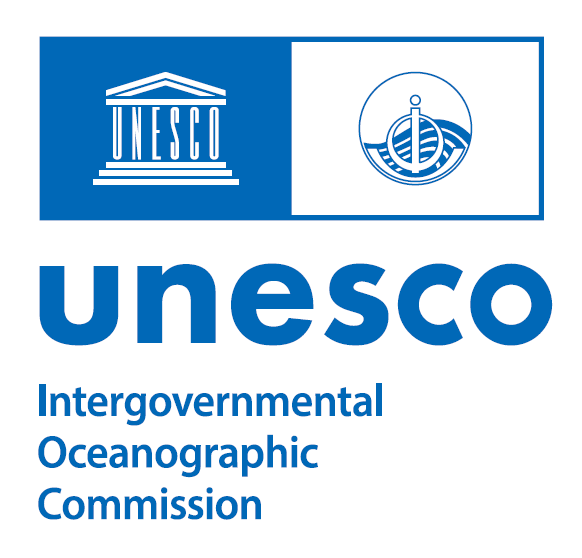Overall objective: To develop a global perspective in advancing the science and management of freshwater HABs, and cyanobacterial HABs in marine, brackish and freshwater habitats.
Rationale. Freshwater HABs include a range of cyanobacterial species (cyanoHABs) and some eukaryote groups. Historically, much of the research has focussed on toxic planktonic cyanobacteria genera (including Microcystis, Cylindrospermopsis, Dolichospermum, Aphanizomenon, Planktothrix, and Lyngbya), but new harmful taxa recently have been described in benthic habitats (e.g., Phormidium). In brackish waters, cyanobacterial HABs are also a major problem in some areas of the world, for example, Nodularia in the Baltic Sea (Kahru and Elmgren 2014). Other toxic filamentous cyanobacteria, such as Lyngbya and Moorea, also bloom in certain marine (especially tropical) areas. These species produce a wide range of toxins, including microcystins, cylindrospermopsins, anatoxins, nodularins, saxitoxins, aplysiatoxins and lyngbyatoxins. Information on harmful events caused by these species and their ecophysiology can be found in the revision by O’Neil et al. (2012). This study also analyzes the potential effect of eutrophication and climate change on the increased magnitude and frequency of cyanoHAB events.


Freshwater and cyanoHABs have major economic, social and environmental impacts. The cost of eutrophication, including cyanobacteria blooms, on water quality, recreation use, fishing, and property values in U.S. freshwaters is estimated at approximately US$2.2 billion annually (Dodds et al. 2008). Bloom events in 2011 and 2014 in Lake Erie, USA, had an estimated average economic loss (measured as property values, tourism, and recreation) of US$70 million (Hamilton et al. 2014). Worldwide, water authorities also spend millions of dollars annually testing water supplies and mitigating the effects of cyanoHABs. There are already several international groups focused on cyanobacterial and freshwater algal research. GlobalHAB aims to play a role by bridging the gaps between freshwater and marine HAB researchers to share knowledge, techniques and approaches. Additionally, there is the need to communicate more effectively with policy makers internationally about the current state of knowledge and potential approaches to managing, mitigating and predicting harmful cyanobacterial outbreaks in freshwater, brackish and marine habitats.
Specific objectives:
- Promote the comparative approach for studying cyanoHABs in contrasting environments.
- Improve communication between scientists and managers working on freshwater HABs in general and cyanoHABs in all relevant habitats via cross-fertilization of ideas and technologies.
- Identify emerging issues for cyanoHABs across freshwater, brackish and marine habitats, both benthic and pelagic.
- Promote the development of faster, cheaper kits for measuring toxins.
- Synthesize and share existing information on mitigation strategies on freshwater HABs and cyanoHABs with environmental and resource managers, especially in areas where human populations may be most dramatically affected by contaminated drinking water.
Example tasks
- Convene an open science meeting on cross-cutting issues and challenges for cyanoHABs in marine, freshwater and brackish systems. This would have a focus on emerging species/species changes and toxins/secondary metabolites, mitigation, management and modeling strategies, technologies and approaches from the research community studying non-harmful cyanobacteria. This meeting could be undertaken in collaboration with the International Committee on Toxic Cyanobacteria (ICTC) or the International Society for the Study of Harmful Algae (ISSHA), or alternatively could be a stand-alone meeting. The outcomes from this activity would be identification of pressing issues in each field with a view to future workshops, and novel insights that advance fields, which might lead to papers or a special issue of a journal.
- Share technologies and information with other relevant groups. For example, exploring mechanisms to link freshwater HAB questions with groups such as the Global Lake Environmental Observation Network (GLEON). Explore the potential for cyanoHAB sessions at GLEON meetings. Examine the potential use of technologies developed for marine systems in lakes and reservoirs and vice versa.
- Further targeted workshops or sessions at conferences as identified in the OSM on cyanoHABs. This may include a workshop on benthic freshwater and marine HABs, for example, on emerging species and toxins and methodological challenges, and a workshop on emerging toxins (e.g., BMAA) and cyanobacteria.
- Undertake training workshops on taxonomy and toxin analysis, monitoring and mitigation procedures in developing countries. This requires liaison with relevant agencies such as WHO and other relevant foreign aid organisations.
- Develop global interactive map of occurrence of key cyanoHAB species.
- Develop a user-friendly electronic manual on mitigation strategies for freshwater cyanoHABs across the world.
Outcomes
- Information on the trends of freshwater HABs and cyanoHABS driven by eutrophication and climate change.
- INFORMATION FOR POLICY MAKERS:
- List of priorities for understanding and managing cyanoHABs.
- A manual for freshwater HABs and cyanoHAB mitigation strategies.
References
The complete list of references can be found here.


